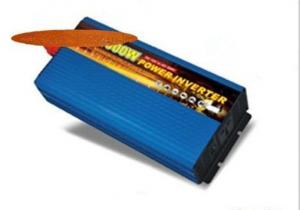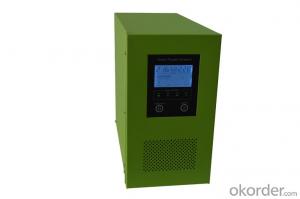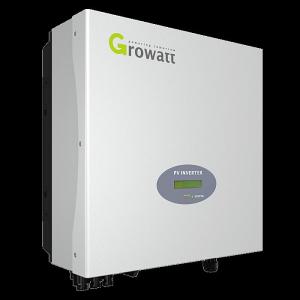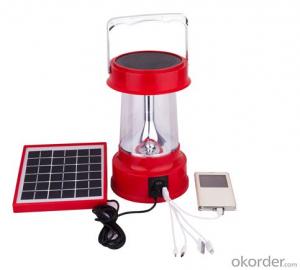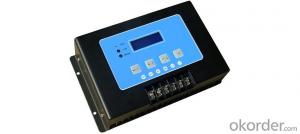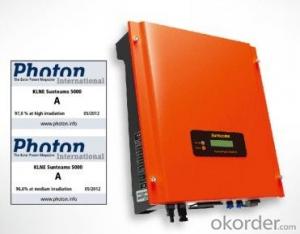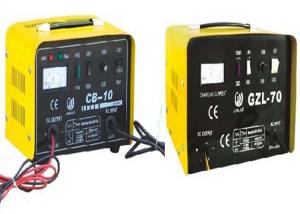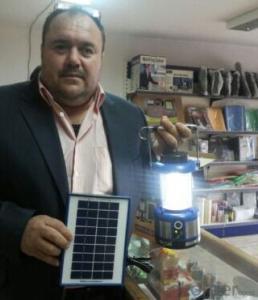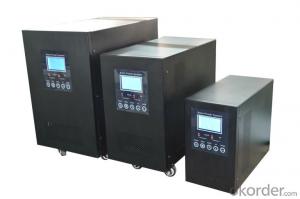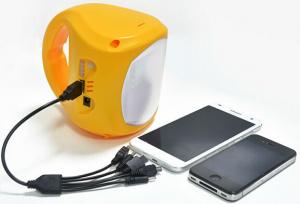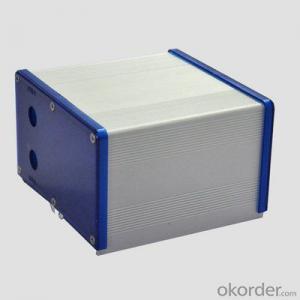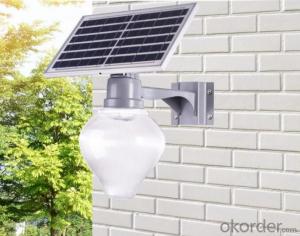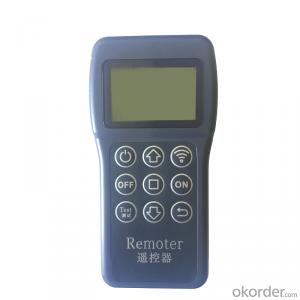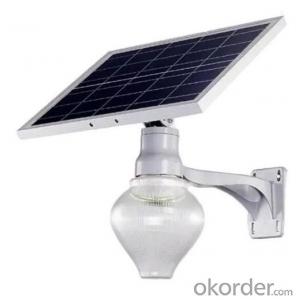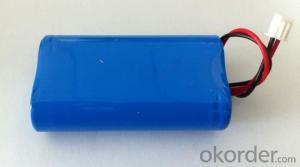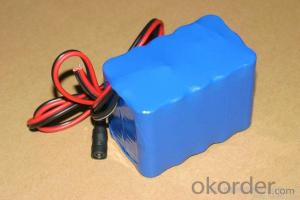Solar Charger With Inverter
Solar Charger With Inverter Related Searches
Inverter With Solar Charger Solar Battery With Inverter Solar Charger For Inverter Solar Charger And Inverter Solar Inverter Charger Inverter With Battery Solar Inverter With Solar Input Inverter Charger Solar Solar Charger Inverter Solar Power Inverter Charger Solar Charge Inverter Solar With Electric Inverter Charge Inverter Battery Solar Best Solar Inverter Charger Inverter With Solar Panels Inverter With Solar Panel Solar Charger Inverter Combo Inverter With Solar System Solar Power Kit With Inverter Inverter For Solar Battery Solar Panel With Inverter Solar Kit With Inverter Inverter Battery Solar Charger Solar Panels With Inverter 12v Solar Inverter Charger Hybrid Solar Charger Inverter Solar Battery For Inverter Solar Battery Inverter Solar Inverter Chargers Solar Inverter With 2 BatterySolar Charger With Inverter Supplier & Manufacturer from China
Solar Chargers with Inverter are innovative devices that combine the functionality of solar energy harnessing and power conversion into a single, portable unit. These products typically consist of a solar panel, a battery, and an inverter, which work together to store solar energy and convert it into usable AC power for various electronic devices.The Solar Charger With Inverter is widely used in outdoor activities, emergency situations, and off-grid locations where access to traditional power sources is limited. It serves as a reliable power source for charging smartphones, laptops, cameras, and other essential electronics, ensuring that users remain connected and powered up even in remote or challenging environments.
Okorder.com is a leading wholesale supplier of Solar Chargers with Inverter, offering a vast inventory of high-quality products to meet the diverse needs of customers worldwide. With a commitment to excellence and customer satisfaction, Okorder.com provides competitive pricing, fast shipping, and exceptional service, making it the go-to source for Solar Chargers with Inverter and other renewable energy solutions.
Hot Products

